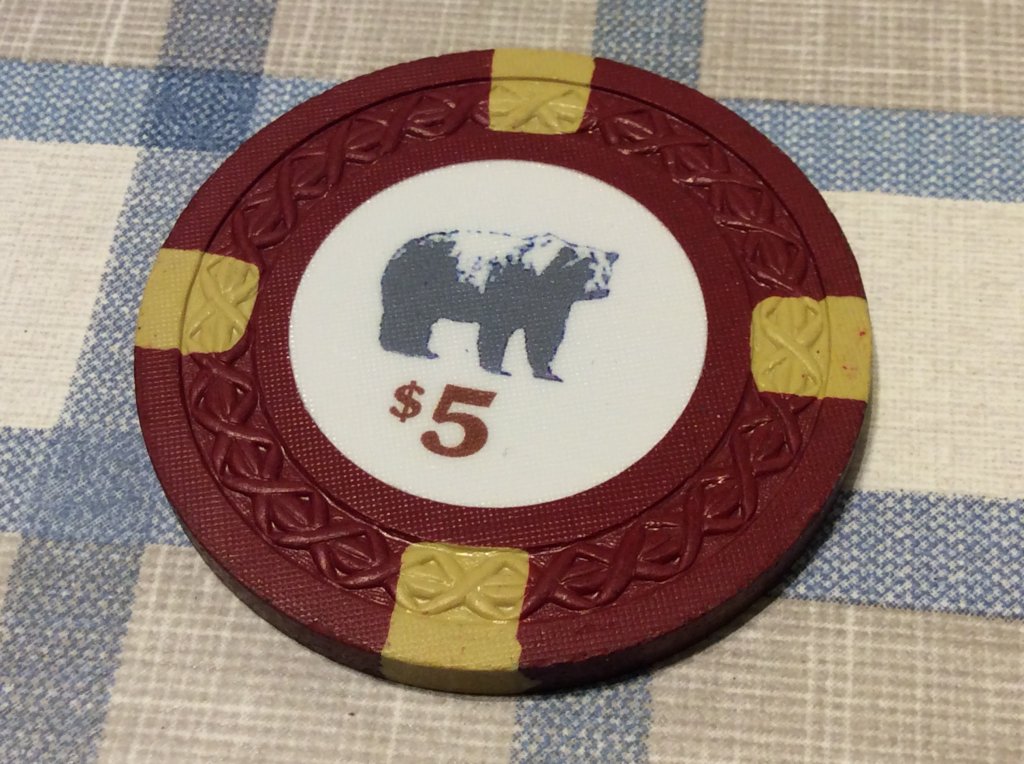They certainly aren't your current, or core target audience. But if I interpreted the purpose of this thread right - finding ways to get the business to thrive - then you definitely should put this (and other!) demographies into consideration as well. After all, getting the business to thrive means selling more chips, and I assume the easiest way to do this is expanding the target audience. Be it a modern website to reach the younger generations (not as young as you caricatured though), or some specialized chips/sets to accomodate board gamers. It's all going the same route.
I am aware that the website making business is a shitty one. My first contact with anything beyond "normal" computer usage, like as an user, was making personal websites when I was still in school. I really liked it in the beginning and pursued it for multiple years, all just for myself, and made a few really basic, tiny sites for friends alongside. But when I was growing older and the question what I'd do for a living later started coming up, I looked at the professional market. Temporarily worked for some web site agency. The problem nowadays is that the base expectations (by customers browsing the internet, and in turn also the businesses looking to have a website made) of a web site are so crazy high compared to back in the old days. Now since internet is so widespread today most people basically can no longer imagine a life without it, having a web site essentially has become a basic requirement for nearly any business, no matter how small, and they all somehow need to afford it. But real good web sites still take tons of work if you want really professional and polished looking ones. So web agencies are already taking shortcuts everywhere they can to meet the market demand. From what I've seen, professional work in this area nowadays mostly consists of picking some random content managing system, slapping an externally bought design (which is not exclusive but gets used by many others as well) on it and filling in the content the business customer supplied, merely to be able to halfway meet the price expectations of those small businesses. (Basically similar to home users building their personal homepage with a WYSIWYG editor and a default design that was supplied with the software - just with a result that looks a good deal better than the aforementioned). You want an unique design, that's already a lot more work, you pay extra. You want someone to keep your software updated and your server secured, you pay extra. Despite the high prices you see from outside though, the wages you can expect as a normal web designer are really crappy. (Which is also one of the reasons why I didn't stick with that, and instead switched over to software development).
But this is why I mentioned you will probably not need one of those "ultra-modern" hipster websites - because that kind costs a mind-boggling amount of money to have made. An off-the-shelf content management system where you yourself still update the content in most cases could probably already be enough. A custom design on top of it, of course, but kind of basic (and hence on the lower end of the price spectrum for custom designs) while still modern. Add some one-time expenses to have a professional photographer do nice product shots of everything you want to present on your front page and any page that's directly linked on/reachable from the front page. Modern CMS like WordPress for example all have gotten fairly usable administration interfaces and have a self-update function built in, so most of what you'd have to do for site security and maintenance you could likely do yourself - for the rest, it's the occasional consulting by a web agency. This all brings the costs down as far as possible in my eyes.
I am aware of the fact the business is mostly a hobby. Yet the way I interpreted this thread is you were looking for advice on how to drive sales a bit (if even it's just an effort to get some part of the investment back). So that was my suggestion, with the best of intentions. In the end it's of course you who has to decide about which of those ideas are worth pursuiting. It's your business, your money, and most certainly you know your own numbers better than anyone else could.

